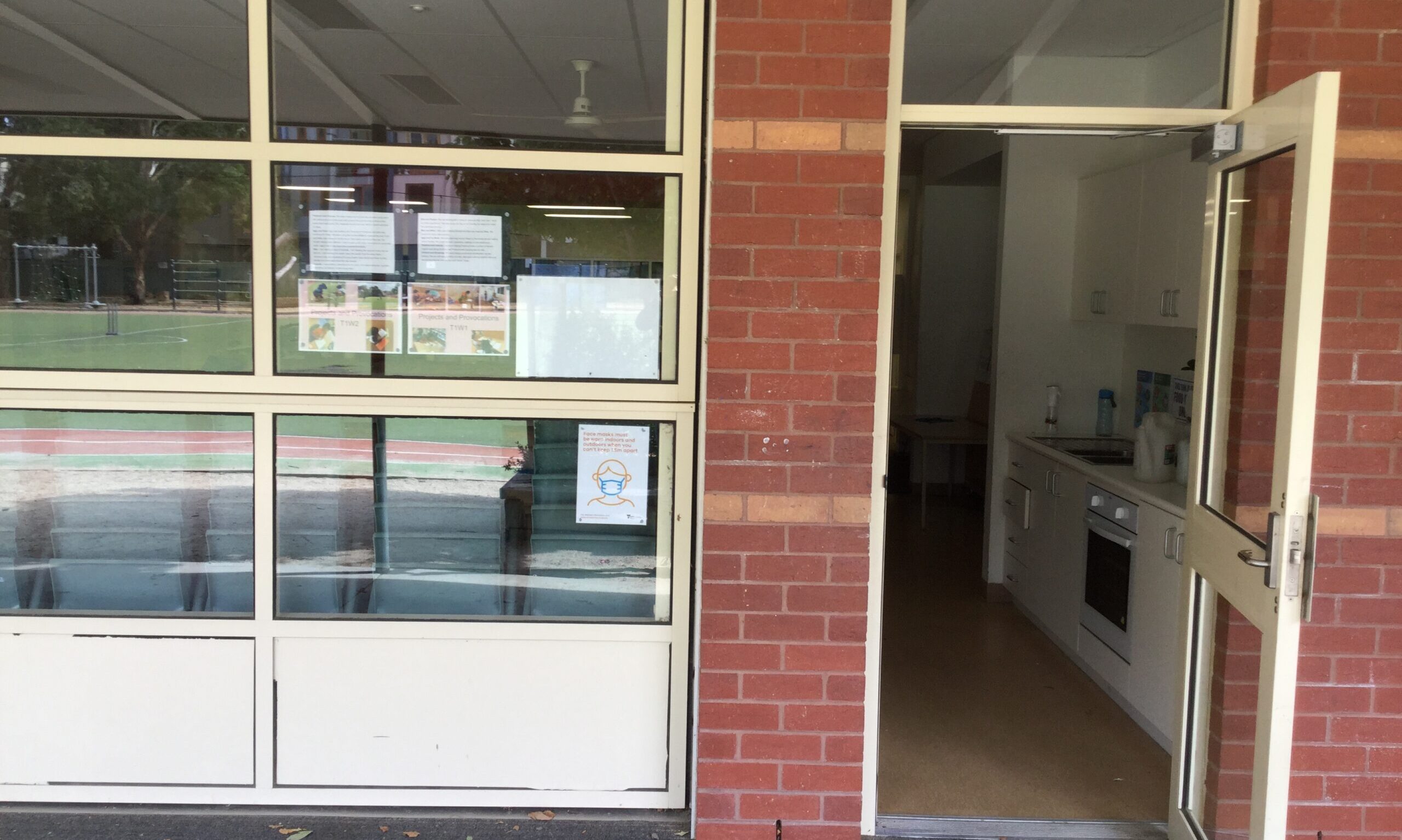Dear Parents and Carers,
Over the last two weeks, we have looked further into our understanding of belonging.
We wrote a letter to ourselves that we will get back at the end of the year. We thought about our future selves and wrote about how things have been going at the start of the year. We included some questions about camp, goals that we want to have achieved by the end of the year and some wishes.
We started our inquiry workshops looking at 7 posters. They showed important people in Australian history. At the bottom of the poster said “AUSSIE”. We also looked at a ‘big question’:
“What makes an Australian?”
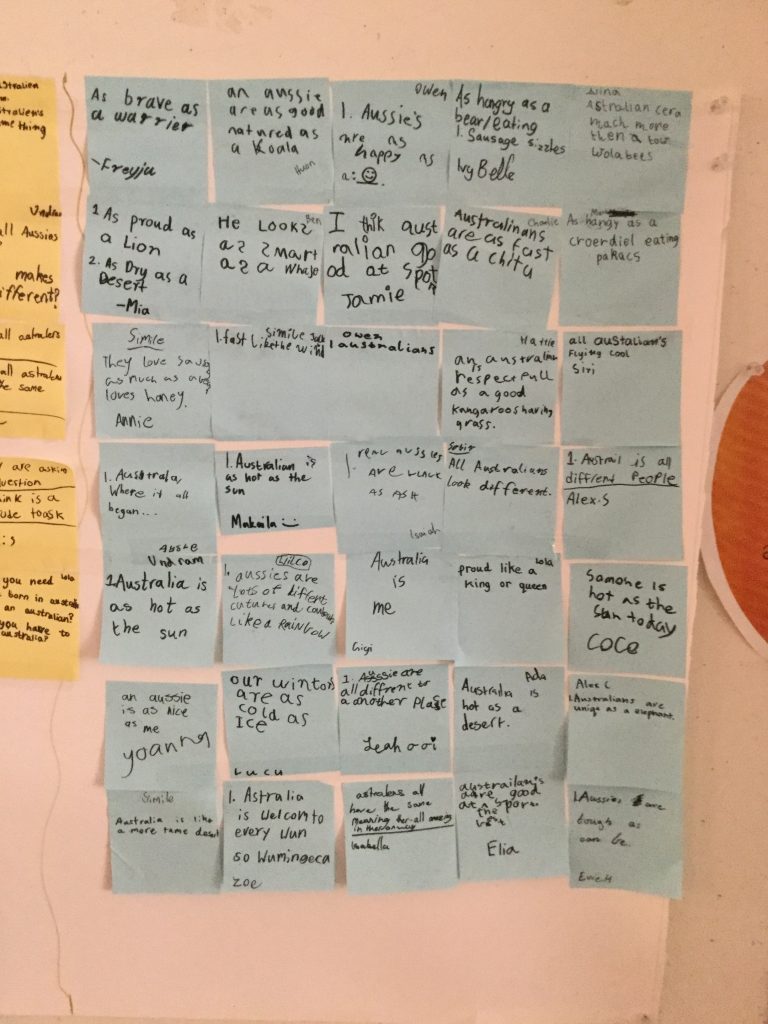
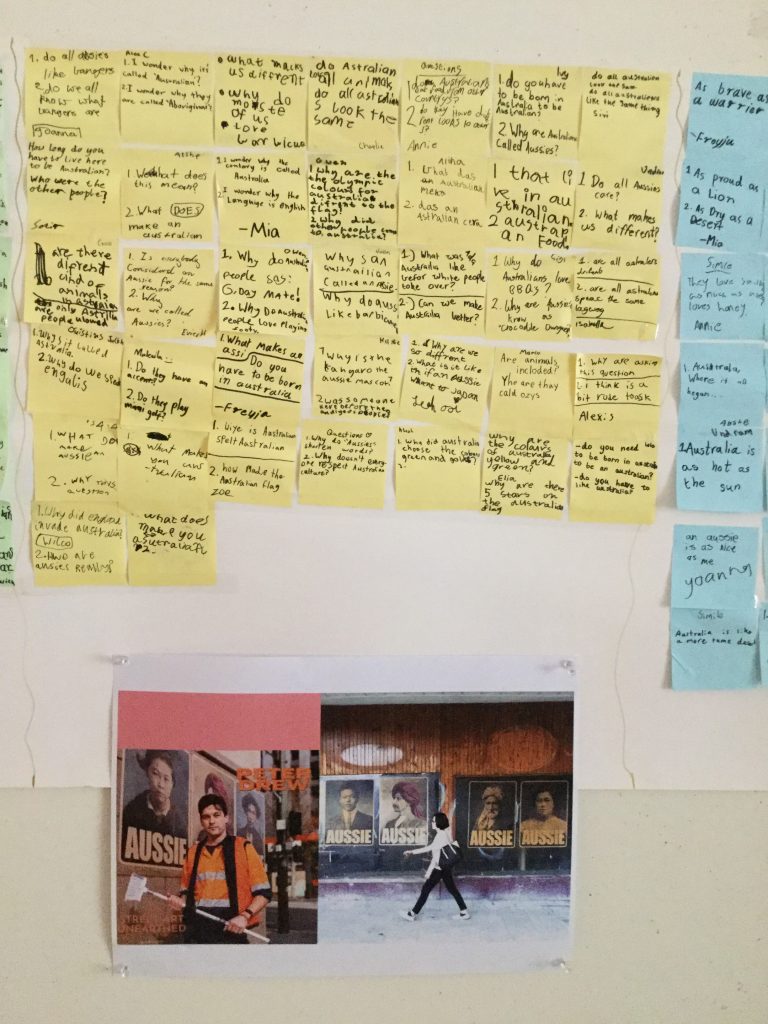
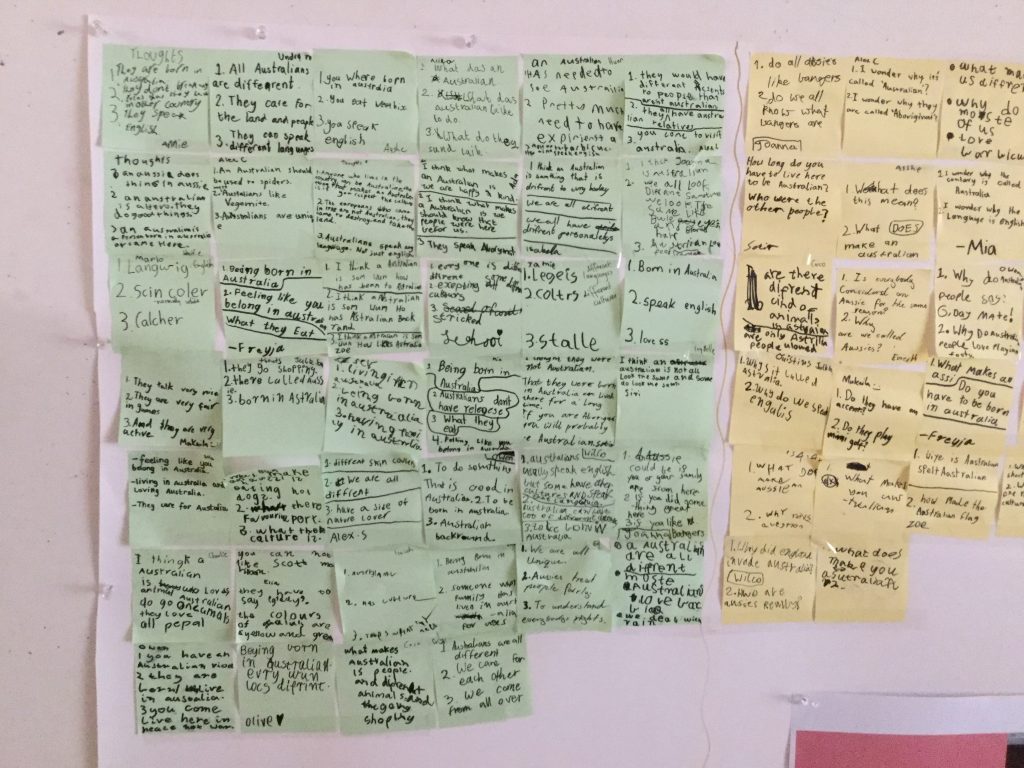
We wrote a response using the thinking routine “1,2,3 Bridge”. Some of the questions and thoughts we had were:
Thoughts
Australians only speak english.
You might have an Australian voice.
Australians don’t break any rules.
Australians care for the land and people.
Australians have blue eyes and blonde hair.
Different skin colours.
Questions
Who are Aussies?
Why did Australians choose the colours green and gold?
Why do Aussies shorten words?
What was Australia like before Europeans took over?
Is everybody considered an Australian for the same reasons?
What makes us different?
Similes
Our winters are as cold as ice
Australia is me
Australians are as unique as elephants
We also worked on the question:
“Which communities do we belong to?”
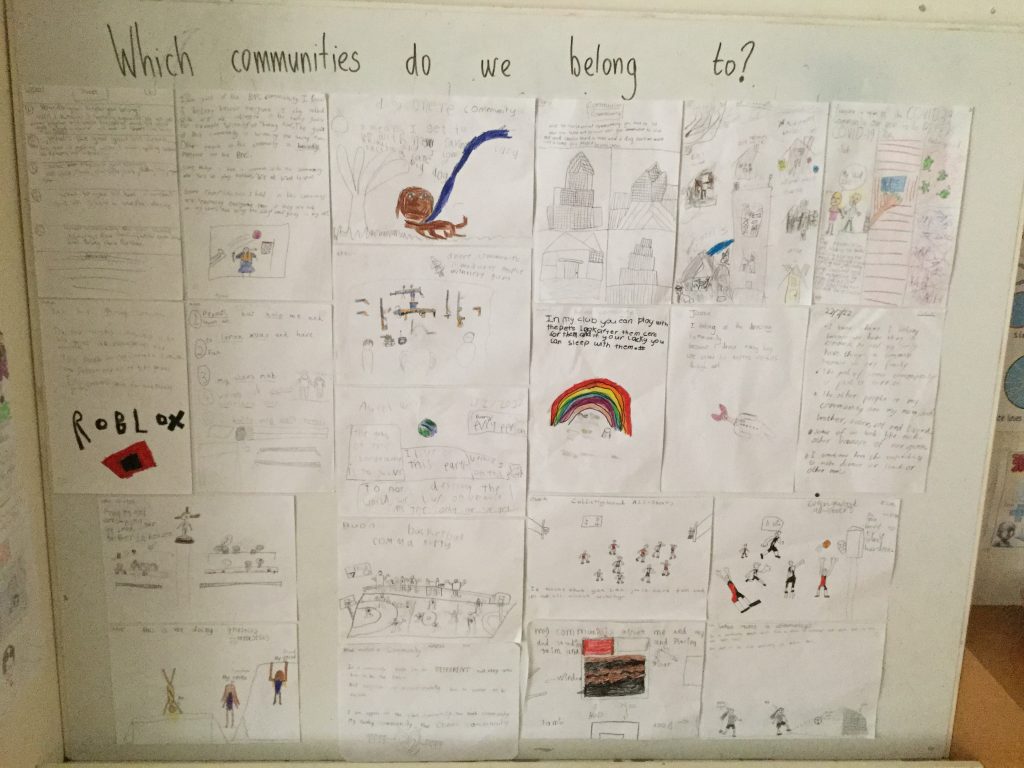
Here are some of our reflections on community:
Gigi: You’re all connected together in some way.
Seb: People who live in your area.
Alina: Spending time with people.
Coco: Community means the people around you. If you didn’t have any community, you wouldn’t understand what everyone would be doing.
Makaila: A community is a group of people that live together in a neighbourhood. They respect each other and they say hello or G’day.
Ivy Belle: Me and Ayshe actually thought of the same thing. It’s quite similar to Makaila’s. We thought about neighbours. We live on a street with people. There are different kinds of communities. There are community parks which are for everyone.
Zenny: A community doesn’t have to live together. They just have to have something in common and they know it. Like the LGBTIQA+ community all have something in common, like their sexuality or gender. That’s what they have in common. They are a large community. There can also be small communities, like youtubers. If you press subscribe, you’re part of that community.
Ben: It’s like your part of a group of a million subscribers or something.
Ivy Belle: In a community garden, everyone helps out.
Annie: It can also mean thinking about the other people. If you have a disability then people can actually think about that. If you’re in a wheelchair, people put in ramps so that they can go there as well.
Some communities that the children identified:
- Family
- Neighbourhood
- School
- Cultural
- Small groups of friends
- Sporting: Football, Basketball, Netball, Dance
- Communities with a shared purpose: Animal lovers, plant lovers
Some themes that are arising:
- Community as place
- Community as people with a shared interest/goal/experience
- Who decides what happens in a community?
- Communities are made up of different important roles: police, fire brigade, doctors, nurses, engineers etc.
In a fortuitous connection, Hannah came to visit us last week and she introduced us to the “Community Stitch Project”. Over the next couple of months your family will receive a panel created by the students in 2020. It is covered in beautiful screen printed designs for someone in your family to embroider. When Hannah was here, many children made connections with people in their family who enjoy sewing. Alex made a connection with a cushion that she made in remote learning in 2021. The cushion was made from old pieces of fabric that had memories.
We wonder if we might be inspired by the Community Stitch project and Alex’s cushion to create something representing our Neighbourhood community at some point this year. Ben wonders if we could create a pillow that could be used in First Aid at school.
Please stay tuned into the blog and follow our inquiry journey.
